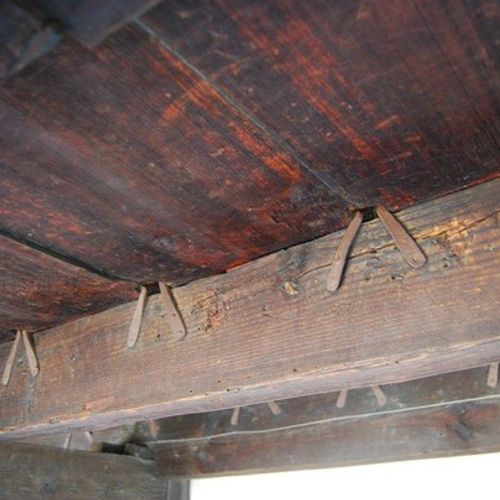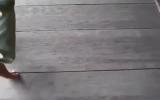
| Added | Sun, 22/09/2019 |
| Sources | |
| Феномены | |
| Version type |
This version can be attributed both to unusual structuresand to deliberate falsification, depending on the motives for using design.
To a stranger it was difficult to sneak unnoticed, inside the palaces and temples paved the so-called puisori (uguisu Warbler, Bari - tension) or "Nightingale floors". This kind of ancient alarm system against thieves and robbers.
To support the floorboards joists with metal studs are attached with special hinges on the floor of the staples with a length of about 12 cm When the man is on this floor, the brackets move up and down, rubbing against metal spikes and make sounds like a bird singing. And walking on eggshells only enhances the effect, because the pressure on the floor more than full stops.
The noise was not only loud, but also quite beautiful, and Nightingale floors day could be used to delight hearing how an unusual musical instrument.
They say that these specially designed squeaky floors sound the same as singing Japanese Nightingale Warbler.
Nightingale floors were popular in the Edo period, from the early 17th to mid-19th century, when Japan was under the control of the Tokugawa Shogunate. The Edo period was relatively peaceful, with the least amount of wars and rivalry, but the threat came from the side of the slave lords, and other enemies of the shogun.
The two best places where you can see the Nightingale floors, this is Nijo castle in Kyoto, the Chion-in temple.
Translated by «Yandex.Translator»
Log in or register to post comments







